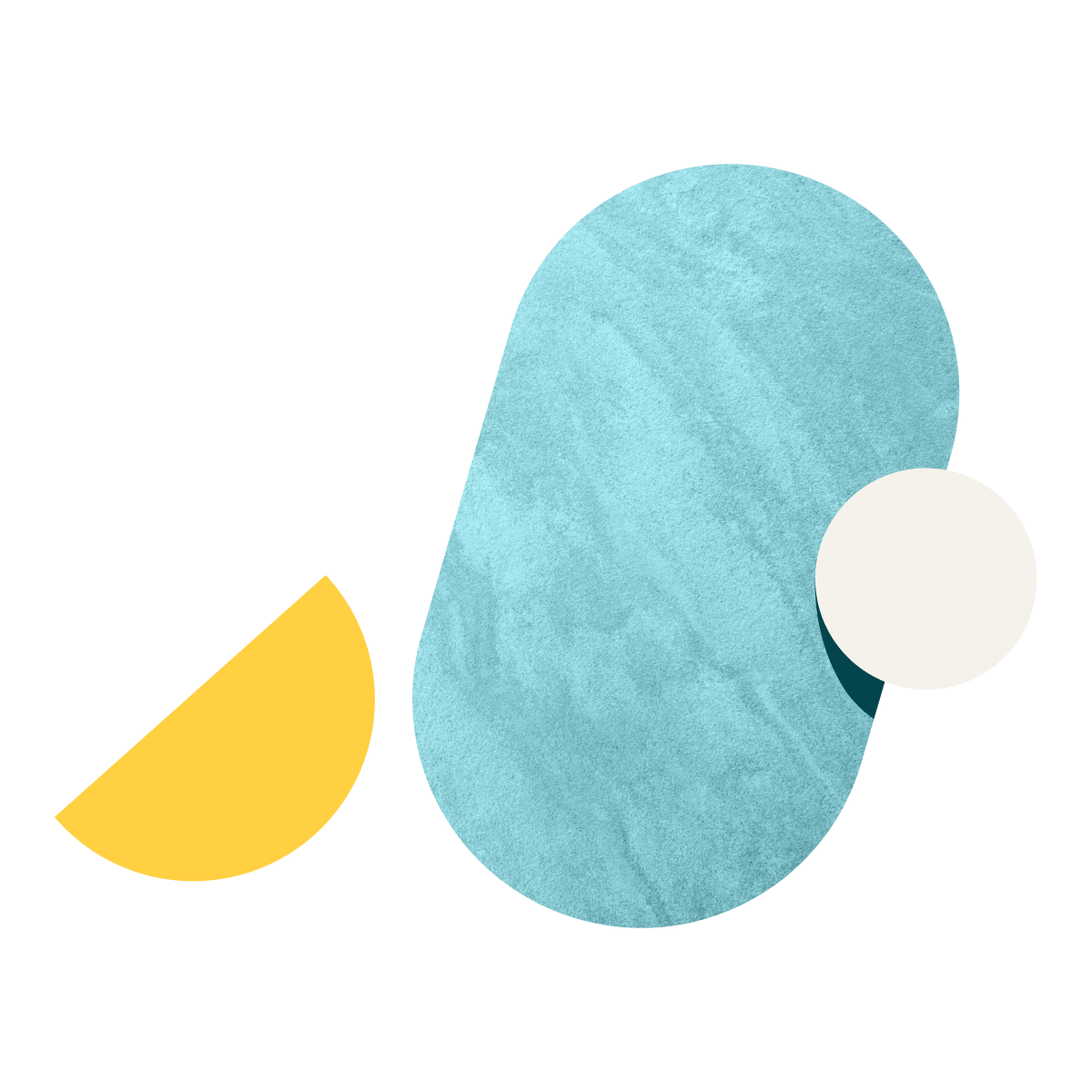How to build a Motion Graphics Project Template in Wrike
The guide will show you how to:
- Create a dynamic request form to capture details about a project and build a creative brief
- Use tasks to create scripts and storyboards
- Get stakeholder feedback through Wrike’s proofing features
Start by building a custom request form to collect all of the information needed to start your motion graphic project. These details will differ depending on your organization, the request, your audience, and other factors. Try to maintain a balance between keeping the form brief enough that people will actually use it and comprehensive enough that your team gets all of the details they need. A few questions the form should answer are:
- What is being asked for?
- Why is this being asked?
- Who is the target audience?
- What is the objective?
- What is the format?
- What is the tone and message?
- What is the final deliverable?
- What is the budget and timeline?
- Who are the stakeholders?
- Who gives the final OK?
To build a new request form:
- Click on your name in the top-right corner, go to Account Management, and click on the Request Forms tab on the left.
- Click + New form and give it a name.
- Click Select folder to specify where tasks associated with this request should be added.
- Click Select user and choose who the task should be assigned to.
Add fields to your form by selecting + Question. There are a number of field types available including:
- Short answer
- Paragraph
- Dropdown
- Checkboxes
- Date field
- File attachments
Hovering over any question brings up the Add conditional branching or assignment button. Click this button to direct users to new pages or to assign requests to specific team members.
After you've finalized your request form, click Publish to save the request and make it available to your team in the workspace. All users can then see it and use it to submit requests.
Write your script and build your storyboards
Add new subtasks to the request for your script and storyboards by clicking the Add Subtask button.
Using tasks and subtasks in Wrike for scripts and storyboards has several advantages:
- All edits are saved in real time and can be accessed by anyone shared on the task.
- Edits can be easily reverted if mistakes are made.
- Stakeholders can easily quote parts of the script to leave feedback.
Get feedback
To review a creative asset, open the animation or video attachments directly in Wrike. Use the markup tools to leave comments at any point in time on a video. Then you can approve it or request updates. After the request has been completed, change the status to “complete” and make sure to @mention the requester. You can change or customize anything to meet your needs.






